Our health and economy depend on clean water and healthy soils. By focusing on both land and water quality, the Foundation seeks to improve the quality of life for all beings on the planet.
CURRENTLY FEATURED IN ENVIRONMENT
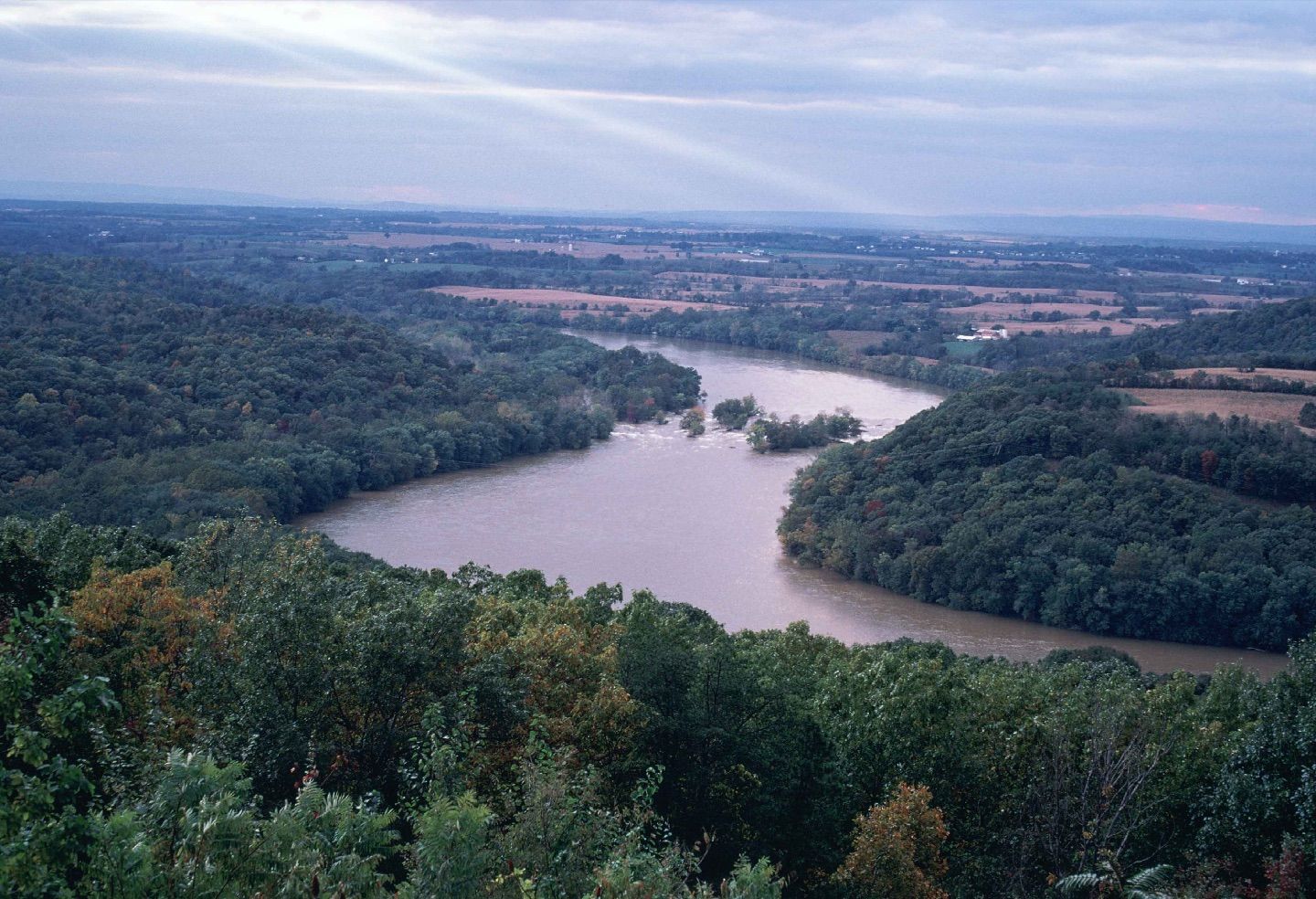
Non-target Analysis of Ohio River Waters in Response to Major Chemical Plant Building and Operation
2021 – Scientists from Kent State University and Florida International University will collaborate on a scientific study to assess pollutants in the Ohio River using the novel non-target analysis method. This water “fingerprinting” of the Ohio River over time can provide citizens the information needed to understand the health of the Ohio River and how it is impacted by various land use changes.
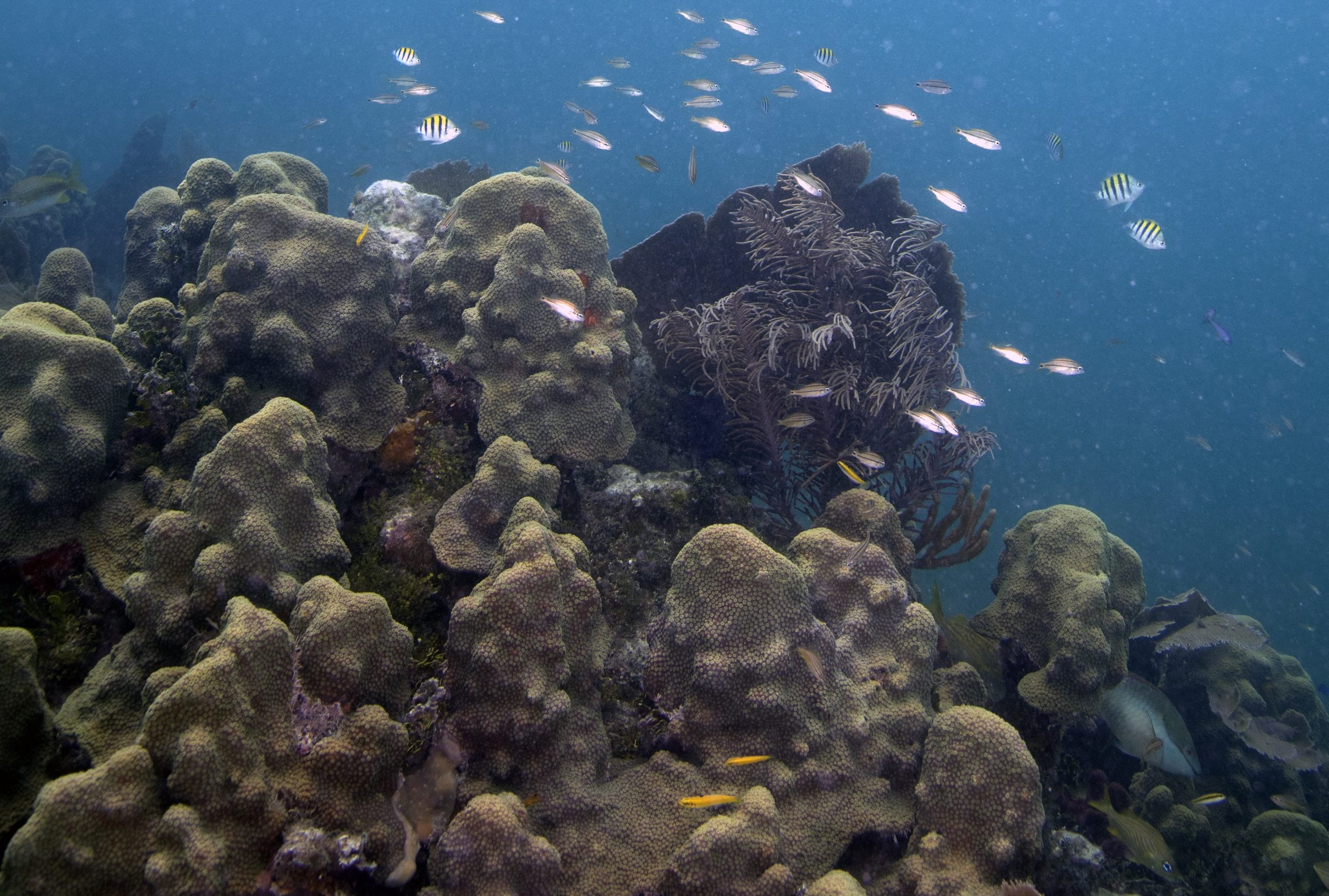
Rebuilding Coral Populations Through Reefs of Opportunity
2020 – This funding to the South Florida National Parks Trust will support Biscayne National Park’s efforts to rebuild and restore its coral reef populations, providing habitat for the multitude of species that reside there.
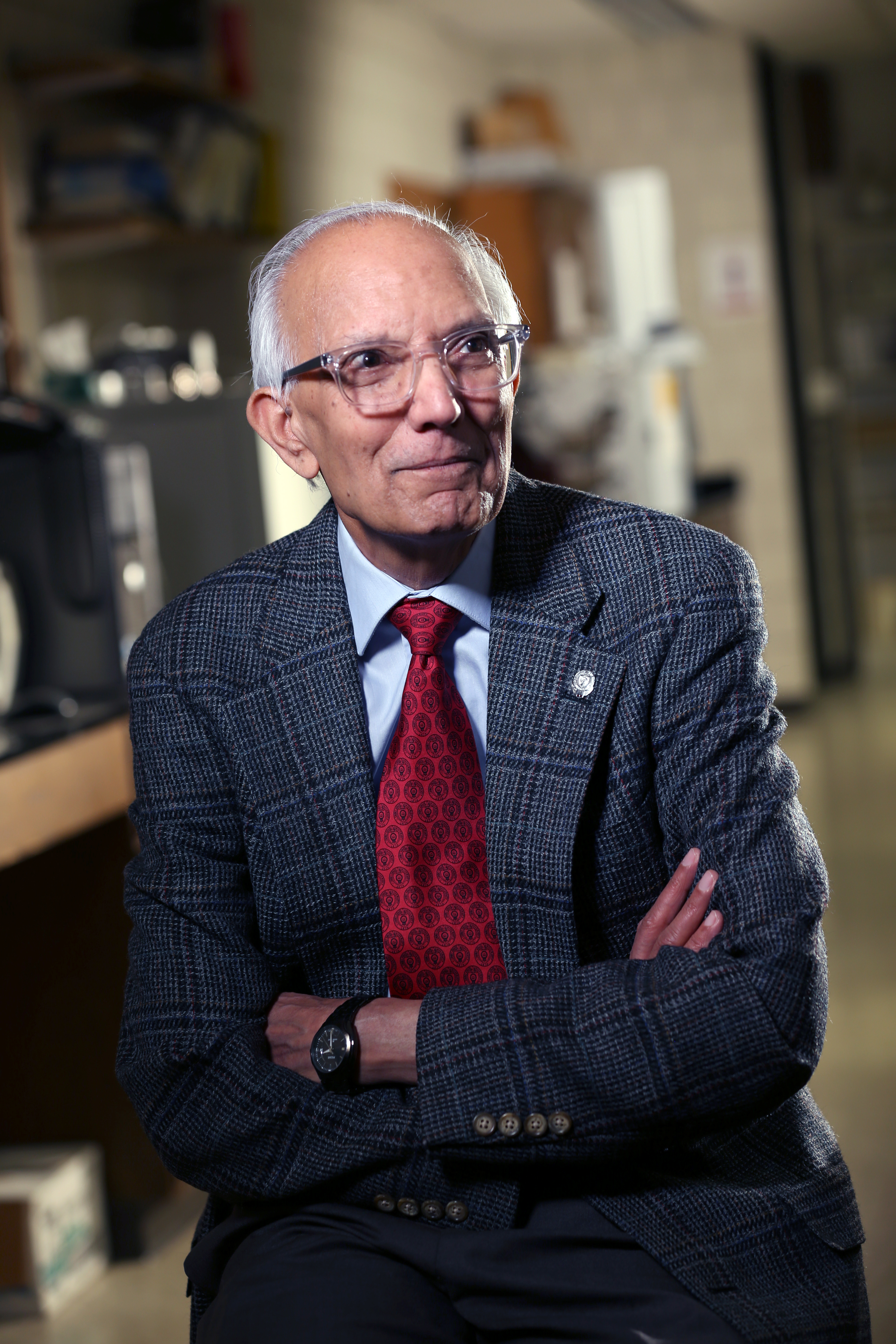
Stark Sustainable Soil Initiative
2019 – HWHF is providing funding to The Ohio State University to conduct groundbreaking soil health research under the direction of world-renowned soil scientist Rattan Lal in Stark County. On-farm studies will assess the impact of agronomic management for restoration of soil health on crop yield and nutritional quality. Improved management practices, including conservation agriculture with and without cover crops, and with and without use of farmyard manure, will be implemented. The project will produce globally relevant outcomes by adding new insights to the literature on assessing the carbon footprint of small landholder production systems.
PAST PROJECTS IN ENVIRONMENT
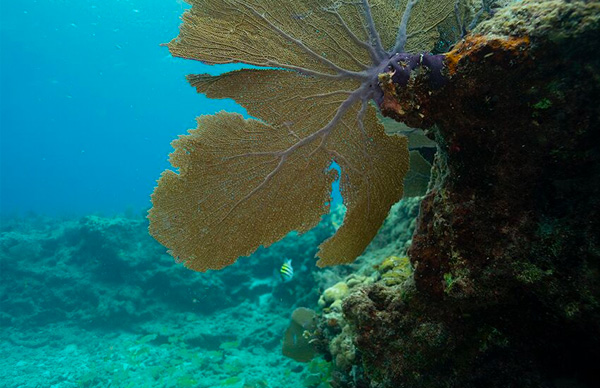
Biscayne National Park Awareness Campaign
2019 – Funding is provided to Neighbors 4 Neighbors to continue airing spots about Biscayne National Park’s ecosystems on CBS4 and WFOR news channels in Miami, Florida. Biscayne National Park’s resources fuel the tourism and real estate industries dependent upon Miami’s clean waters.
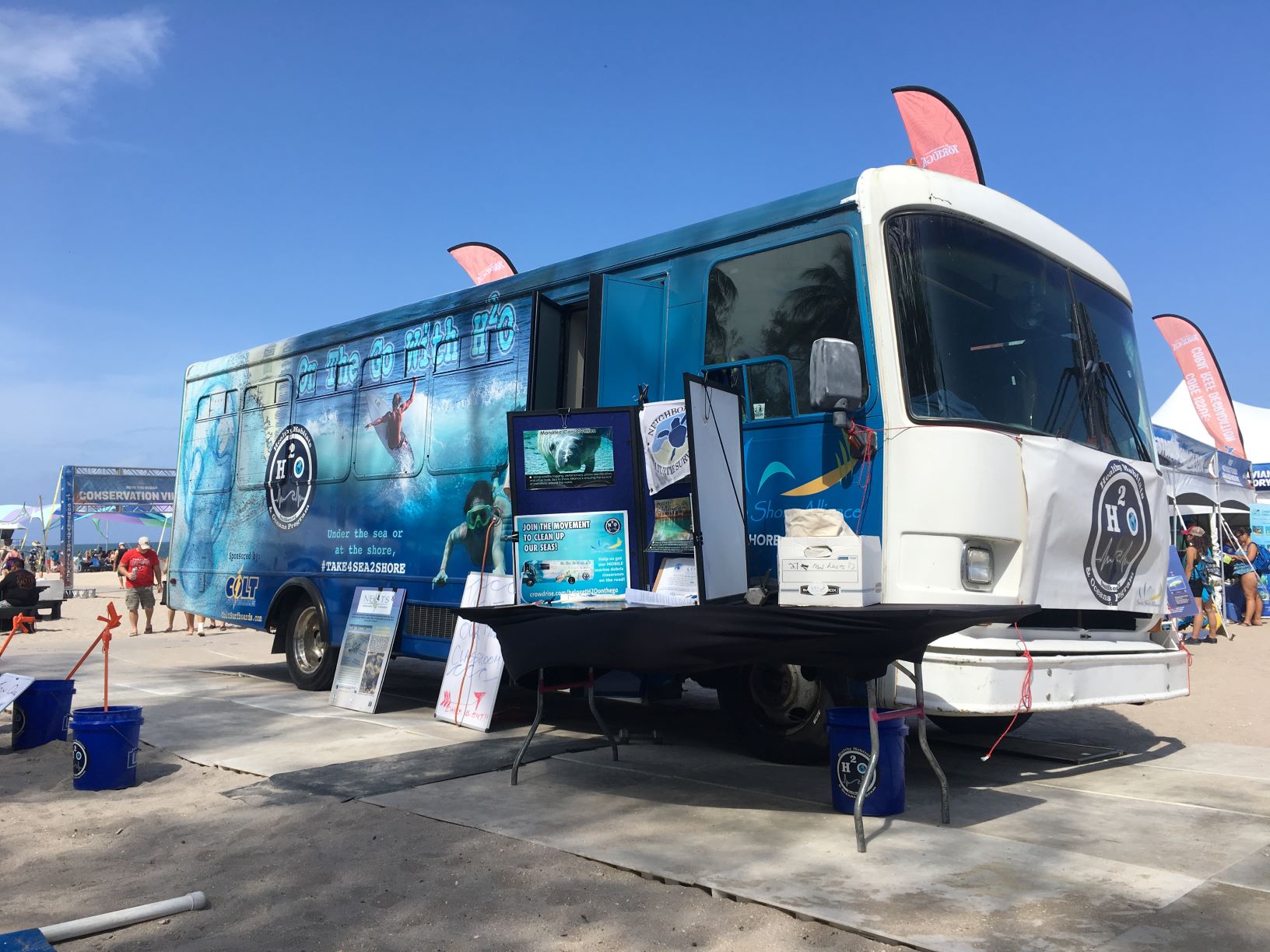
Keeping the S2S Mobile Classroom Rolling
2019 – Funding is provided to continue the Sea 2 Shore Alliance’s H2O Bus on the road. The bus is a state-of-the-art mobile learning center is a 27-foot Chevy Goshen with a high-efficiency diesel engine that is “biodiesel capable” equipped with a mini-laboratory, audio- visual equipment, and educational displays about aquatic species, environments, and the role humans play in keeping our waterways clean. Since the program’s founding, the team has attended 156 events in eight counties engaging nearly 23,000 people. Fifty-five clean-ups have been held in four counties with more than 3,200 volunteers removing more than 6,600 pounds of marine debris from both coasts. The mobile classroom has been to 54 events and visited by more than 13,000 people. The program has made 37 school visits reaching nearly 8,000 elementary, middle, high school and college students throughout Florida including magnet and underserved populations.
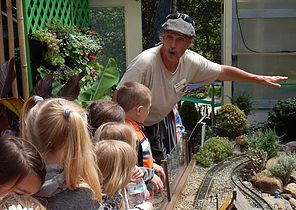
Creekside Center for Water Sciences
2017 – The Foundation funds a project to renovate a creek-side facility at Beech Creek Botanical Garden & Nature Preserve, turning it into a Center for Water Sciences. This facility will host educational programming, teaching people about the importance of fresh water sources. The interactive programs will allow people to explore scientific concepts through hands-on exploration of watersheds, wetlands habitats, urban water cycles, and stream ecology. The facility will also host students on field-trips, teaching them the importance of clean water to our society, and fostering an appreciation, knowledge, and stewardship of water resources.
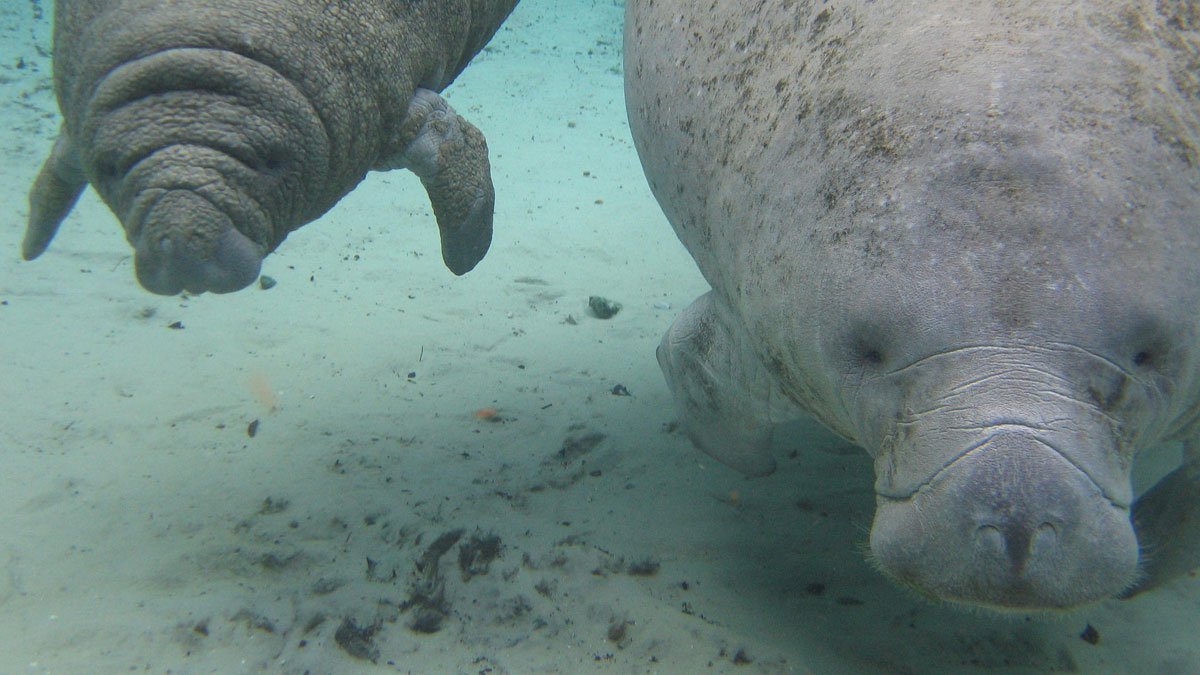
Manatees are Endangered: Challenging the FWS Proposal to Downlist Them
2014 – HWHF provides funding to the Sea to Shore Alliance to challenge the proposal to down list manatees as threatened animals instead of being endangered.
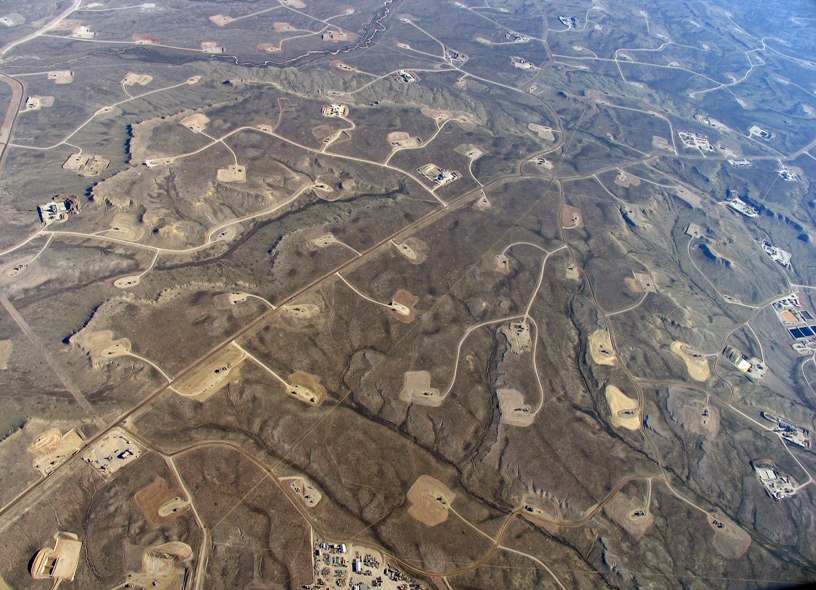
A Three-County View of Ohio Shale Gas Operations from the Sky
2013 – Funding is provided to the University of Mount Union to successfully measure, document, and share detailed information about the extent of the Utica Shale gas fracking in the most intensively drilled area of eastern Ohio.
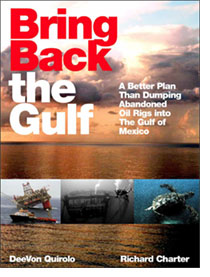
Remove the Rigs, Restore the Sea
2013 – Funding is provided to the Ocean Foundation to research the “Rigs to Reef” program, which resulted in a book, Bring Back the Gulf, and extensive media coverage about the environmental fallout from improperly handling spent offshore oil rigs. Such environmental fallout, including leaks and toxins leaching, can cause human health impacts as well as detrimental consequences for local fisheries.
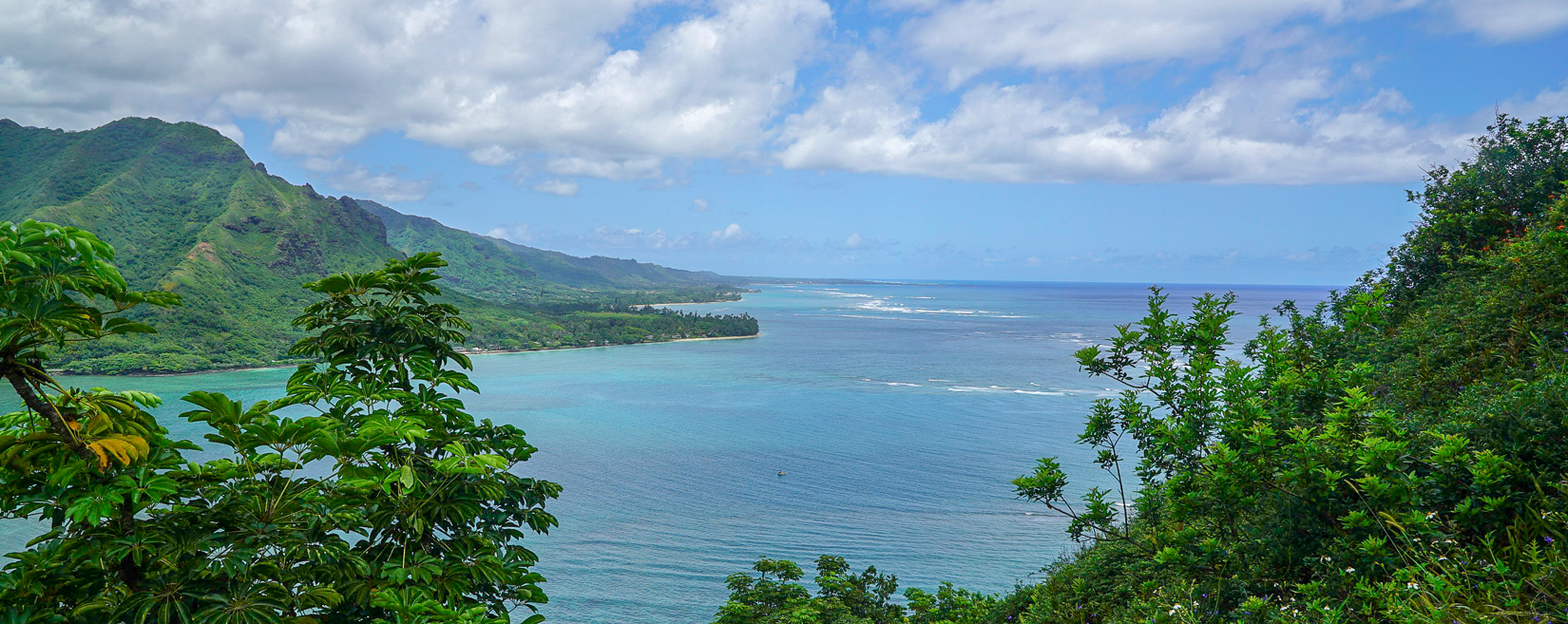
The Marine Conservation Biology Institute Phase II Program to Establish the Northwestern Hawaiin Islands National Marine Sanctuary
2005 – The Marine Conservation Institute receives funding from the HWHF to establish the Northwestern Hawaiian Islands National Marine Sanctuary, now known as the Papahanaumokuakea Marine National Monument. President George W. Bush signed this into law on June 15, 2006 under the authority of the Antiquities Act. In 2016, President Barack Obama expanded the area to encompass more than half a million square miles, making it the largest marine protected area in the world at the time.

Seed Money for Environmental Projects, American Coastal Environments
1990 – HWHF provides funding for the American Oceans Campaign, which later became Oceana. Oceana is an international organization focused solely on oceans and is dedicated to achieving measurable change by conducting specific, science-based policy campaigns. To date, Oceana has won more than 200 victories and protected more than 4.5 million square miles of ocean.

